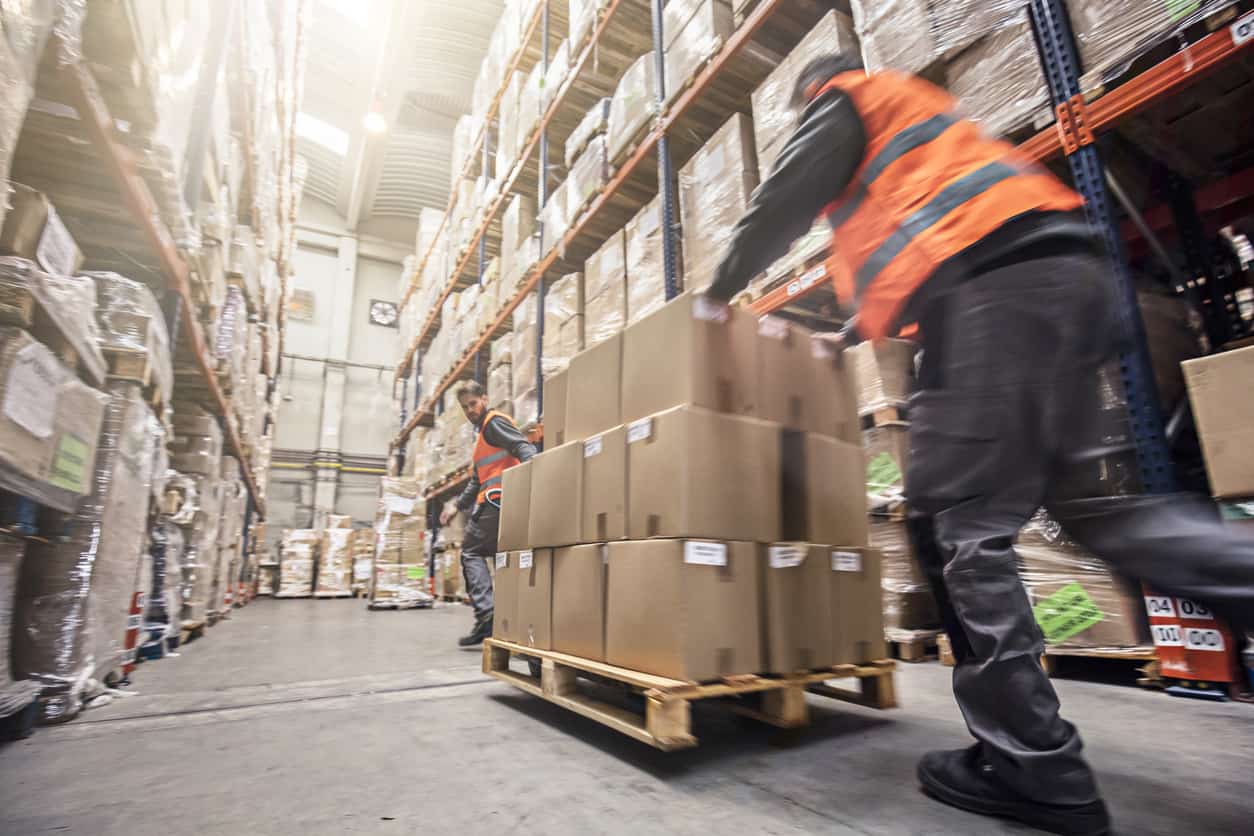The holiday shopping season provides retailers with the chance to shine — and the potential to implode — as off-the-charts order volumes and rapidly evolving consumer habits stress test every aspect of an ecommerce operation.
For years, each Cyber Monday has been bigger than the last. In fact, this year set a single-day record for online commerce, with consumers spending $6.6 billion on the shopping holiday, according to Adobe. Oh, the online record that Cyber Monday broke? It was set three days before, on Black Friday.
Yes, ecommerce is moving fast, but that accelerated evolution hits hyperdrive during the last two months of the year, a time almost every retailer counts on to make an outsized contribution to annual sales, conversion and profit goals.
“Cyber Monday is expected to make history again as the biggest U.S. online shopping day of all time, driving a billion dollars more than last year. As consumers make their way back to work, they are poised to be hitting the buy button all day, as most big discounts will end by midnight,” Tamara Gaffney, director of Adobe’s strategic insights engagement group, said in the midst of last week’s annual Cyber Monday flurry.
Yes, hunting for those deals while pretending to work can be stressful for consumers, but it’s got nothing on the stress endured by those running and working in the shipping departments and businesses that need to get those orders to the right home at the right time. Cyber Monday is only the start. The holiday season is a two-month period of wild spikes in orders and an order baseline that runs well above any other two-month period.
The holiday shopping season brings new shoppers — ones you want to keep
The holiday seasons is a time when ecommerce retailers will be seeing a significant number of first-time customers, which means getting the order right is crucial to bringing them back to the online store again. It’s a time when all the planning and stress tests of the months leading up to the holiday period either pay off — or don’t.
And, of course, the holiday season is a time when consumers are more concerned than ever that their orders arrive on time and as promised. More than half the consumers surveyed by retail software vendor Convey said knowing when their order would arrive was the most important element of the delivery process during the holiday season, Supply Chain Dive reported. By comparison, 33 percent said cost was their top priority.
Furthermore, Supply Chain Dive said, consumers left no doubt that they want to be informed — immediately — when there is going to be a delay in shipping. Of the 95 percent who said they wanted to be told proactively of any problems, 90 percent said they should also be compensated in some way for the inconvenience, either with refunded shipping charges, discounts or expedited shipping in the future.
Fulfillment and delivery can sometimes seem like the unglamorous back stage of ecommerce. But as online buying becomes a way of life, these behind-the-scenes issues are moving front and center. About 40 percent of the consumers that Convey surveyed said delivery was the most important part of their shopping experience, Supply Chain Drive said.
The reason shipping is a growing concern is a function of math. Let’s go back to Adobe’s analysis of the first big week of the holiday shopping season. The company reported that ecommerce sales rose 16.8 percent year-over-year on Cyber Monday. Black Friday saw a similar year-over-year jump and Thanksgiving spending was up 18.3 percent. In fact, Adobe says that as of Cyber Monday, every day in November has seen online sales of $1 billion or more — a first in ecommerce history.

The rapid growth in online commerce means retailers must scramble through much of the year to have plans and resources in place to handle the flood of orders. That means months of planning and testing systems, hiring additional help and turning to outside contractors to help with everything from picking and packing to credit-card-fraud screening and protection to customer service and support.
How to cope with the holiday shopping season’s organized chaos
“I like to think of this as organized chaos,” Maria Haggerty, CEO of contract distributor Dotcom Distribution told CNBC as she gave a tour of the company’s massive warehouse in New Jersey.
Experts say it’s best to focus on the organized part of the “organized chaos” equation if you want to reduce the stress of the holiday season. Yes, the season is underway, but it’s not too late to take a step back — and a deep breath — and contemplate what you could be doing better to cope with what should be a windfall, not a headache.
We’ve got a few suggestions below, based on Convey’s findings and presentations and interviews with industry leaders.
- Write down your shipping and fulfillment process, step-by-step. ShipStation’s Robert Gilbreath is a big believer in the clarity that detailing your process can bring. Is every step necessary? Can steps be combined? It might seem risky, making changes in the midst of the holiday crush, but consider trying reasonable changes on a small scale to see how they work. Then ramp up or scrap the plan. (Gilbreath shared a number of practical steps with us for this post on how to practically enjoy the holiday rush.)
- Turn to outside help. Are there processes that can be fairly easily automated to take the load off your overtaxed workforce. Again, the holiday season might not seem like the time to add automation. But can you find trial arrangements that run through the holiday? Such a deal could speed your performance and will certainly leave you with data and experience to examine in January. You might find you want to make the change year round.
- Be prepared to disappoint. Yes, you want every order delivered on time, but sometimes unforeseen events knock you off course. When that happens contact affected customers immediately. Don’t wait for questions or complaints. Based on Convey’s findings, communication might save you a customer. Also think about offering some compensation for a missed deadline. Refund the shipping and think about offering free shipping on the next order. That will increase the odds that the customer will give you another chance.
- Remember to take care of yourself. You’re no good to your company or its customers if you’re paralyzed or exhausted by stress. Focus as much as possible on one thing at a time. When stress is getting the better of you, stop, literally take a deep breath and count to 10 — or five, if that’s what you have time for. Don’t dwell only on the negative. Take the time to consider the successes. (Thanks to Faisal Hoque, writing in Fast Company, for the ideas.)
- And maybe most of all, keep notes. Write down what worked this holiday season and what didn’t. (Here are seven lessons for you. No charge.) Jot down those in-the-moment brainstorms that hit you when everything is running 100 miles an hour. Because, even amid the uncertainly of the holiday season, there is one thing you can count on: There is always next year.
Photo by iStock
Contact Mike Cassidy at [email protected]; follow him on Twitter at @mikecassidy.







